10 Common Running Injuries and the Hidden Patterns Behind Them
Running is a universal activity that transcends age, culture, and geography. From the bustling streets of New York to the serene trails of the Swiss Alps, millions lace up their shoes daily, pursuing health, fitness, and sometimes, sheer joy. However, alongside the myriad benefits running offers, it comes with its own set of challenges, particularly injuries. These injuries, often invisible until they strike, can sideline even the most dedicated runners. Understanding the patterns underlying these injuries is crucial for prevention and effective treatment. This article delves into the hidden patterns behind the ten most common injuries affecting runners worldwide, providing insights into their causes, prevention strategies, and recovery methods. By unraveling these patterns, we aim to equip runners with the knowledge to stay on track, injury-free.
1. The Anatomy of Running: Understanding the Biomechanics
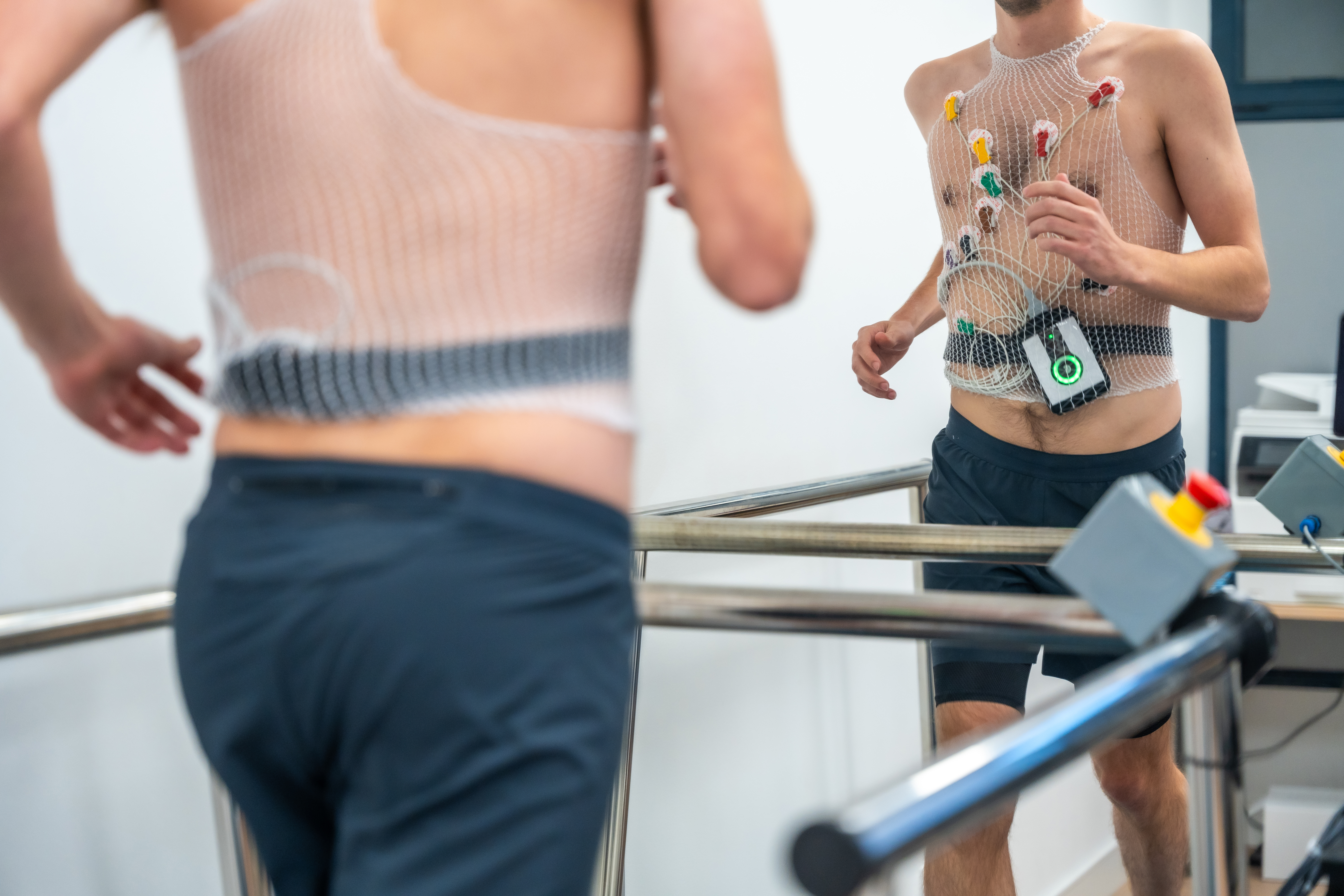
To understand running injuries, one must first grasp the biomechanics involved in running. Running is a complex interplay of various body parts working in harmony. The process begins with the foot striking the ground, followed by a chain reaction that involves the ankle, knee, hip, and spine. Each step requires precise coordination and balance, with muscles and tendons absorbing and releasing energy. However, when any part of this intricate system falters, it can lead to injuries. Overuse, improper form, or inadequate footwear can disrupt this balance, causing undue stress on certain areas. By understanding the biomechanics, runners can identify potential weak points, optimizing their form and equipment to prevent injuries.
2. Runner's Knee: The Most Prevalent Injury
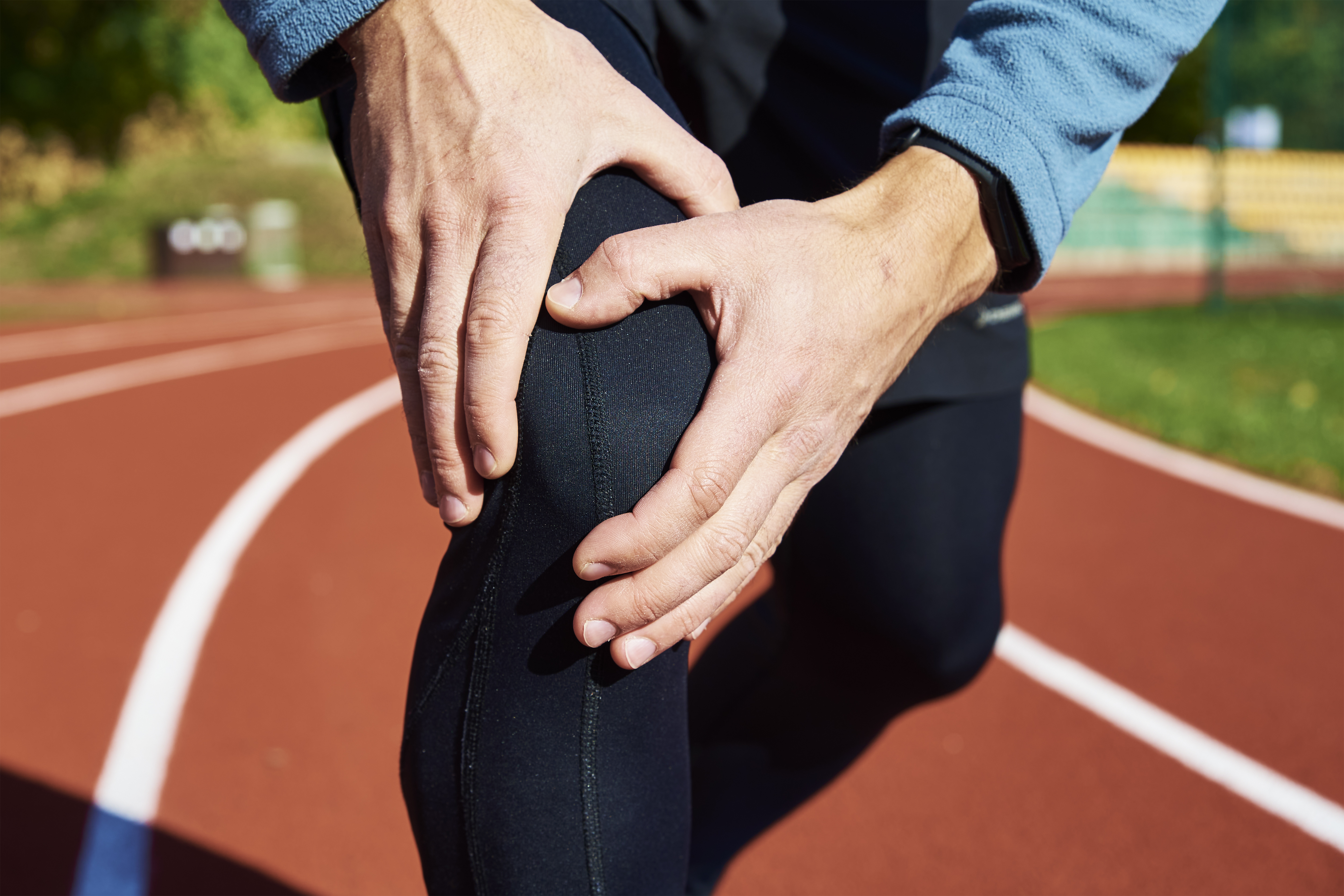
Runner's knee, or patellofemoral pain syndrome, is perhaps the most common injury among runners. It manifests as pain around the kneecap, often exacerbated by activities like running, squatting, or climbing stairs. The causes of runner's knee are multifaceted, often involving a combination of overuse, muscle imbalances, and biomechanical errors. For instance, weak quadriceps or tight hamstrings can alter knee movement, increasing stress on the joint. Prevention strategies include strengthening exercises, stretching routines, and ensuring proper footwear. Understanding the underlying causes of runner's knee is essential for developing effective treatment plans and preventing recurrence.
3. Shin Splints: Unpacking the Pain
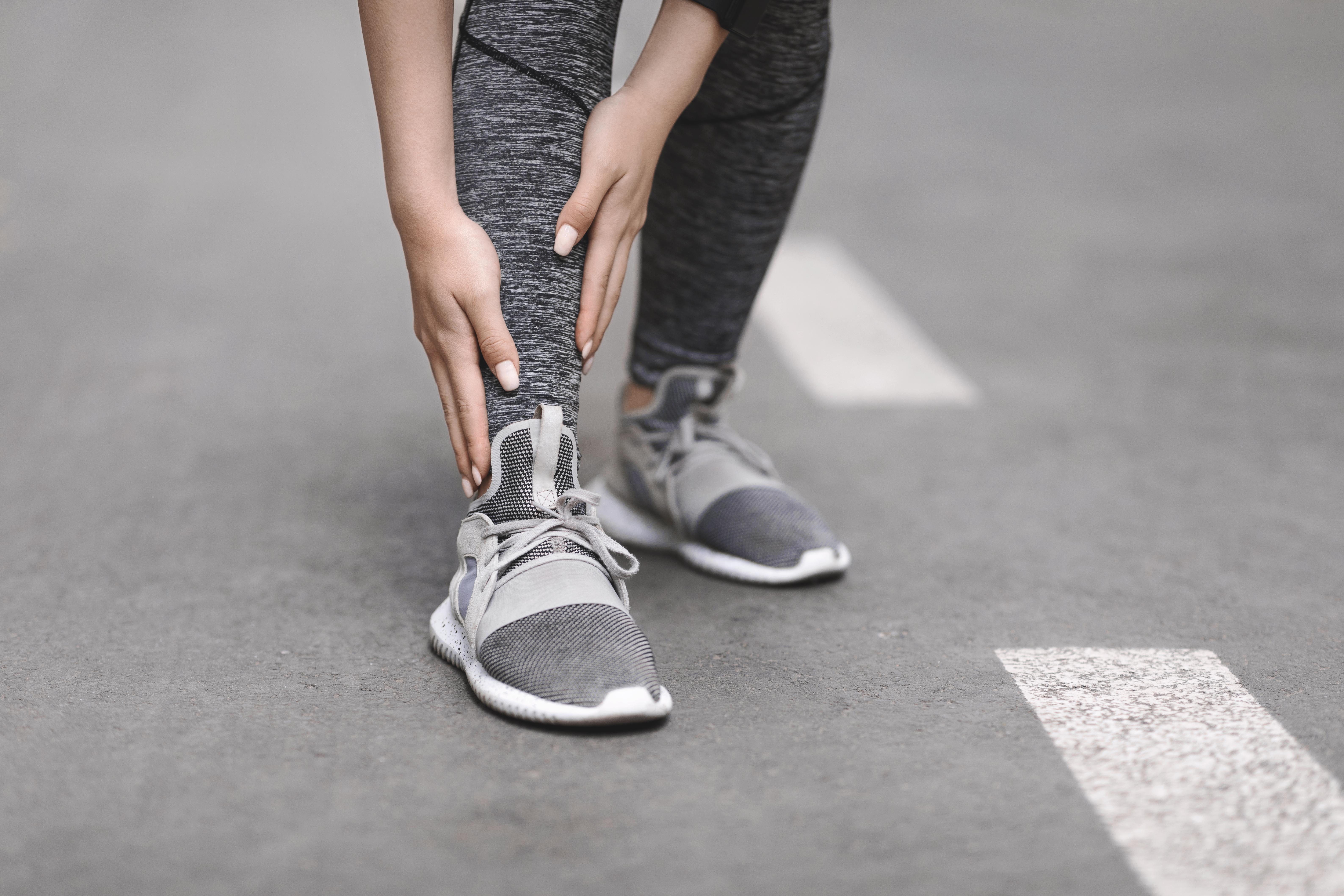
Shin splints, characterized by pain along the shinbone, are another common affliction for runners. This injury often arises from sudden increases in training intensity or volume, leading to inflammation of the muscles and tendons around the tibia. Factors such as flat feet, improper footwear, and running on hard surfaces can exacerbate the condition. Preventive measures include gradually increasing training loads, incorporating rest days, and using supportive footwear. Recognizing the early signs of shin splints and addressing them promptly can prevent progression to more severe conditions like stress fractures.
4. Plantar Fasciitis: The Underfoot Agony
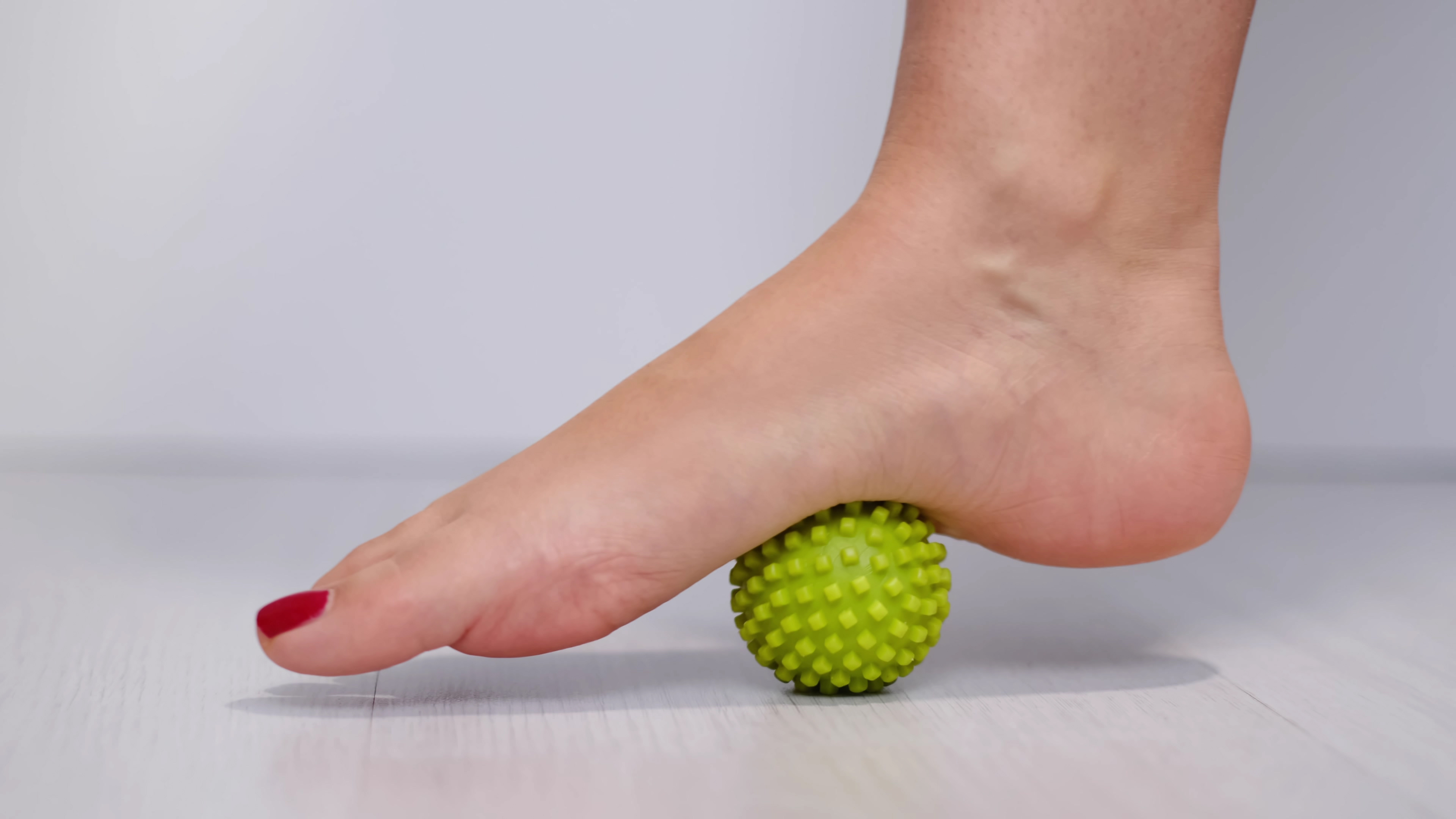
Plantar fasciitis is a painful condition affecting the bottom of the foot, particularly the heel. It occurs when the plantar fascia, a thick band of tissue connecting the heel to the toes, becomes inflamed. This injury is often the result of excessive strain, poor foot mechanics, or inadequate footwear. Runners with high arches or flat feet are particularly susceptible. Treatment involves rest, stretching exercises, and sometimes orthotic support. Understanding the risk factors and early symptoms of plantar fasciitis can help runners take proactive steps to avoid this debilitating condition.
5. Achilles Tendinitis: The Heel's Achilles' Heel
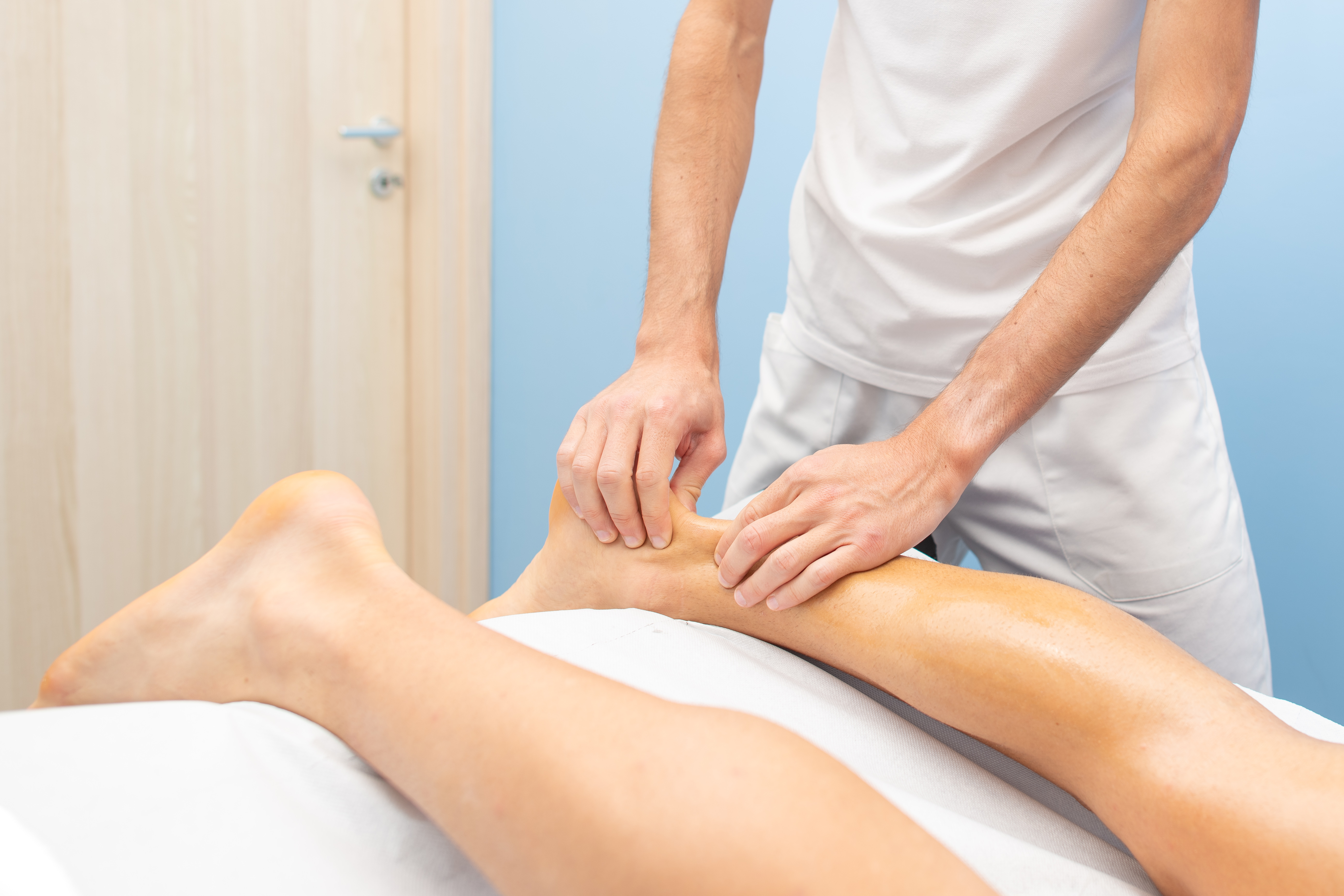
Achilles tendinitis involves inflammation of the Achilles tendon, the largest tendon in the body, connecting the calf muscles to the heel bone. This injury is often caused by overuse, tight calf muscles, or sudden increases in activity. Runners who neglect proper warm-up routines or wear unsupportive shoes are at higher risk. Treatment typically includes rest, ice, and stretching exercises. In severe cases, physical therapy may be necessary. By understanding the mechanics and risk factors of Achilles tendinitis, runners can implement strategies to maintain tendon health and prevent injury.
6. IT Band Syndrome: The Lateral Leg Dilemma
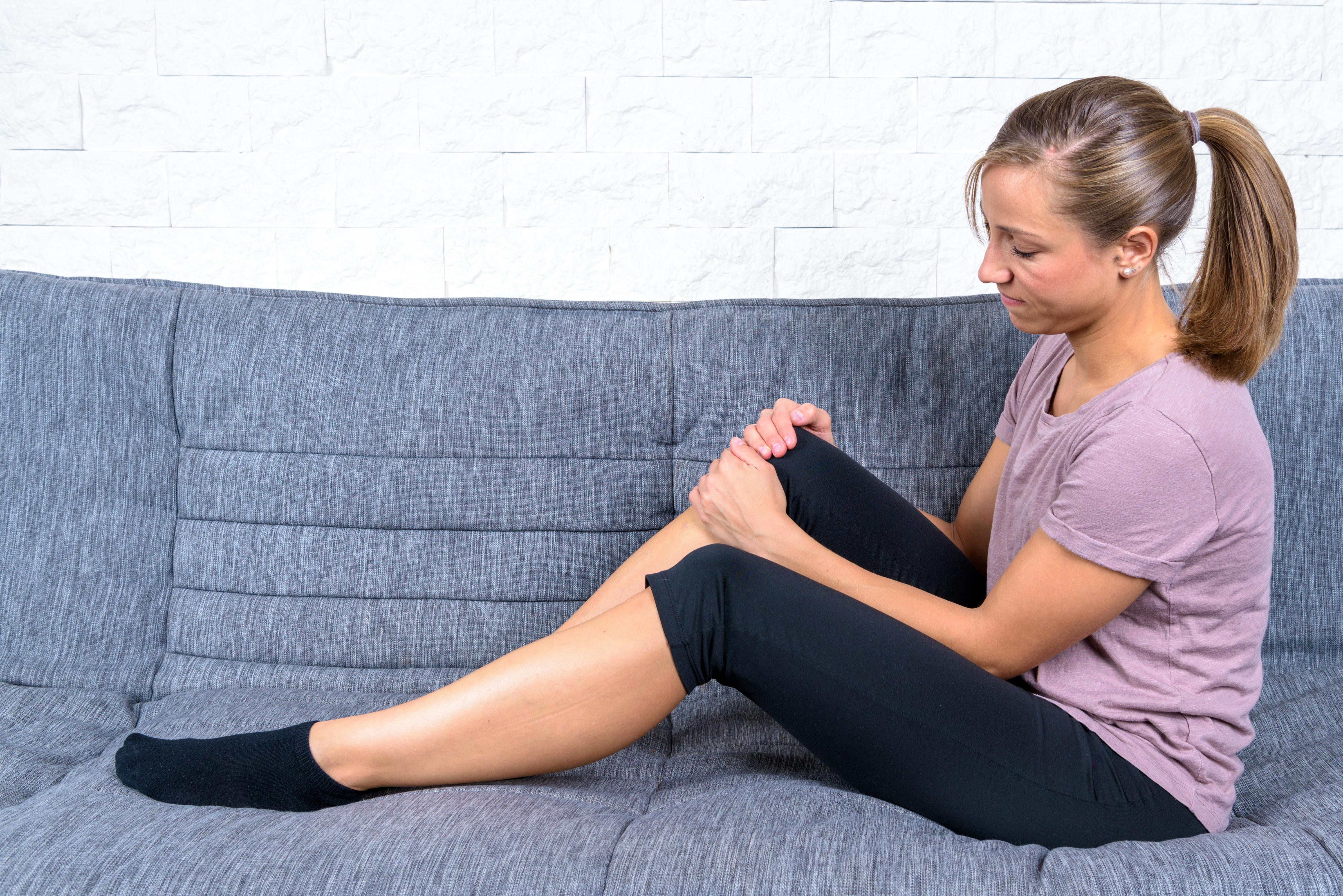
Iliotibial (IT) band syndrome is characterized by pain on the outer side of the knee, caused by inflammation of the IT band. This thick band of tissue runs from the hip to the shin, helping stabilize the knee during running. Overuse, poor running form, or muscle imbalances can lead to IT band irritation. Preventive strategies include strengthening the hip and thigh muscles, improving running form, and using foam rollers for myofascial release. Understanding the role of the IT band in running mechanics is crucial for preventing and managing this common injury.
7. Stress Fractures: The Silent Breaks
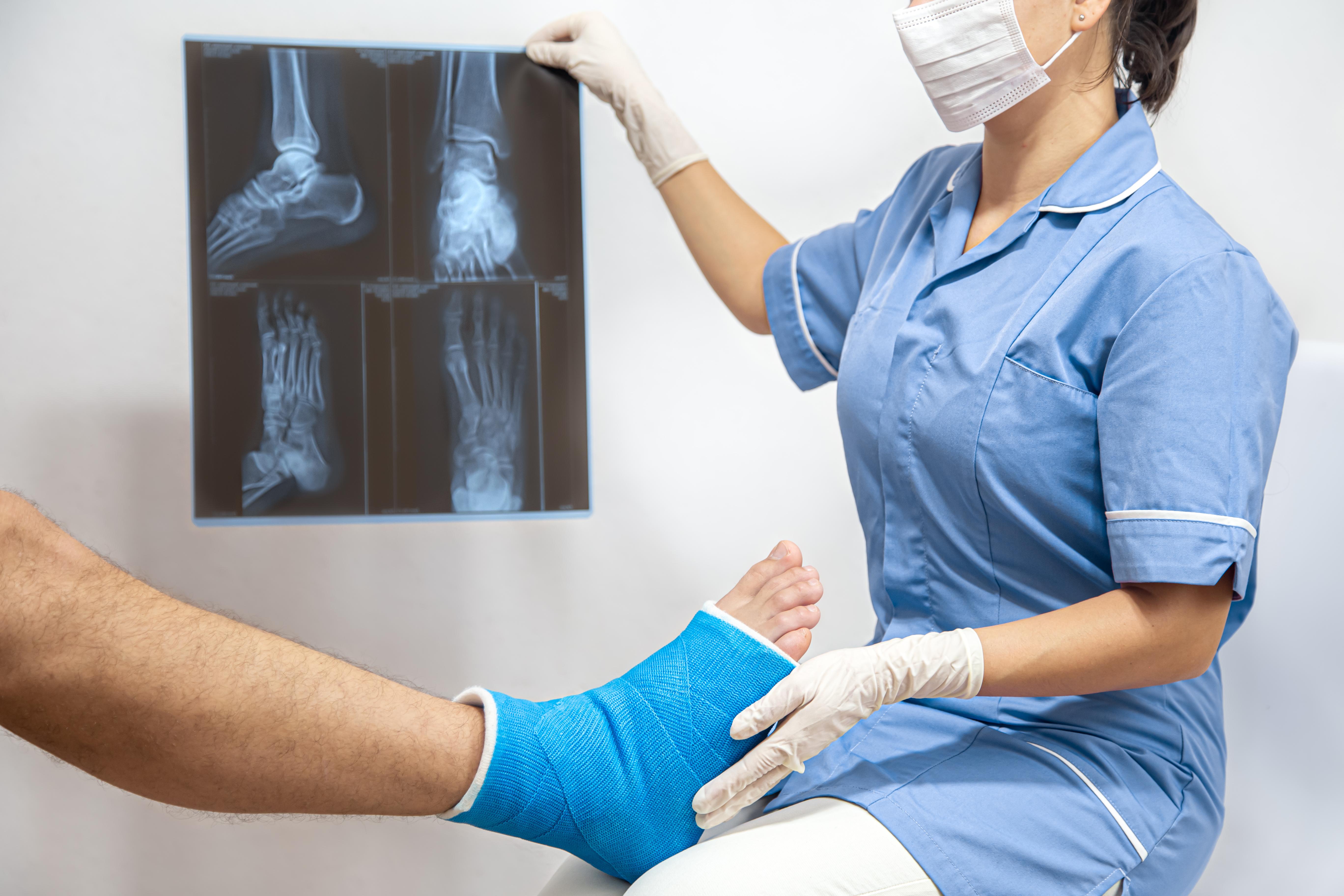
Stress fractures are tiny cracks in the bone, often resulting from repetitive force or overuse. Common sites for stress fractures in runners include the shinbone and foot. Factors contributing to stress fractures include inadequate nutrition, improper training techniques, and biomechanical irregularities. Early detection is vital, as continued stress on the affected area can lead to more severe fractures. Treatment involves rest and sometimes immobilization. By understanding the causes and early signs of stress fractures, runners can take preventive measures to protect their bone health.
8. Hamstring Injuries: The Back of the Thigh Trouble

Hamstring injuries, ranging from strains to tears, are common among runners. These injuries occur when the hamstring muscles are overstretched or subjected to sudden force. Inadequate warm-up, muscle imbalances, and fatigue are common culprits. Preventive measures include regular stretching, strength training, and ensuring proper warm-up routines. Recognizing the early signs of hamstring injuries and addressing them promptly can prevent further damage and facilitate faster recovery.
9. Ankle Sprains: The Twisted Reality
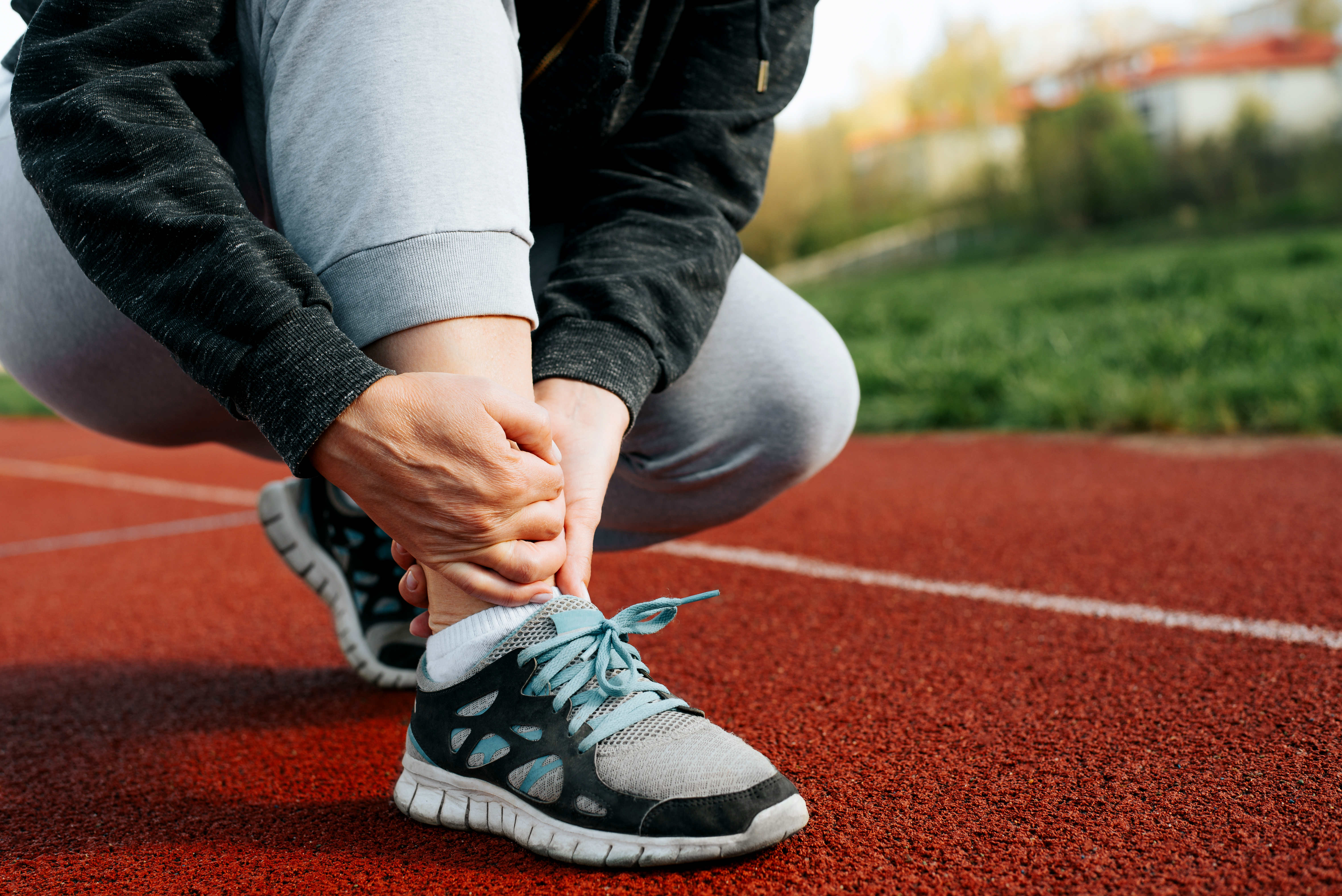
Ankle sprains occur when the ligaments supporting the ankle are stretched or torn, often due to sudden twists or rolls. This injury is common in runners, particularly those who run on uneven terrain. Factors such as weak ankle muscles or inadequate footwear can increase the risk of sprains. Treatment typically involves rest, ice, compression, and elevation (RICE). Strengthening exercises and balance training can help prevent future sprains. Understanding the mechanics of ankle sprains and implementing preventive strategies can help runners maintain stability and avoid setbacks.
10. Hip Flexor Strain: The Hidden Mobility Restriction

Hip flexor strains are a frequently overlooked running injury, but they can severely limit mobility and cause discomfort in the lower abdomen, hips, and upper thighs. The hip flexors are a group of muscles that connect the pelvis to the upper leg and are responsible for lifting the knee during a stride. These muscles are constantly engaged during running, making them susceptible to overuse, tightness, and strain. A hip flexor strain can occur due to sudden bursts of speed, inadequate warm-up, or muscle imbalances. Runners who frequently sit for extended periods may also experience tight hip flexors, which can pull on the lower spine and contribute to pain. To prevent injury, incorporating dynamic stretching before a run and strengthening the surrounding muscles—such as the glutes and core—can improve overall stability. If tightness or strain develops, rest, ice, gentle stretching, and gradual strengthening exercises can aid recovery while maintaining flexibility in the hip area.
Integrating Knowledge for Injury-Free Running

The journey through the hidden patterns of common running injuries reveals a complex interplay of biomechanics, training practices, and individual factors. By understanding these patterns, runners can take proactive steps to prevent injuries, ensuring a long and healthy running career. Key strategies include proper training techniques, adequate rest, and attention to biomechanics. Moreover, recognizing the early signs of injury and seeking timely intervention can prevent minor issues from escalating. As the global running community continues to grow, equipping runners with knowledge about injury prevention and management is essential for fostering a culture of health, resilience, and enjoyment in running.
